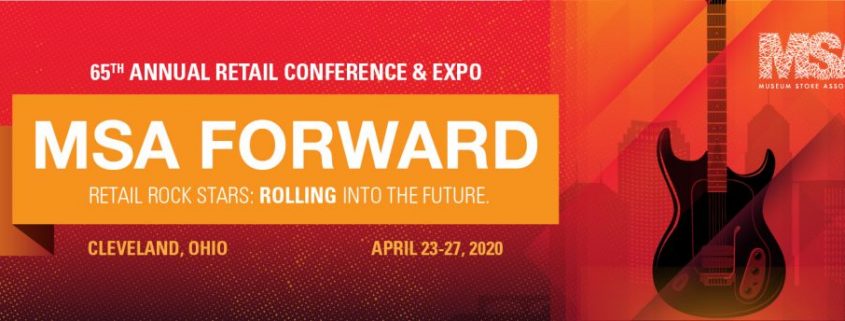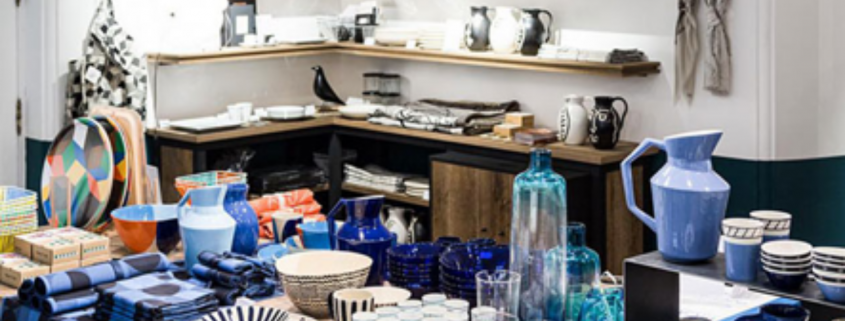MSA Member Dispatches from Home: Dispatch from a Maryland Country Lane
April 27, 2020
By Lauren Chapin-Salazar
In these truly challenging and unsure days, all our members are inventing and reinventing ways to sustain their businesses — and themselves. So many of us have had to create new ways to communicate with our colleagues and each other — many, many of them now working at home. As we navigate this time — with no fixed date for a return to normalcy — we would like to offer a series of weekly blogs that are “Dispatches from Home.” Our authors will send ideas about how they are coping with this emergency — with tips, innovations and good humor. We hope that all the varied people in our community help each other, survive and thrive during these incredibly difficult days, and arrive on the other side of this national emergency with their spirits — and businesses — intact.
It’s a new reality — and we’re all in the same situation. We’re trying to be motivated and productive in a surreal time when everything seems so confusing and frightening.
That’s how I feel much of the time. I have high expectations of how it will work: I will be organized! I will set goals and create to-do lists. Strategies will fall from my fingers and onto my work. And I will triumph over this uncertainty and oddness. Life will be safe and make sense again.
But it doesn’t always work out that way.
Until this week, I was working from home three days a week and working at the museum two days a week. It was a study in packing up and moving the laptop, the invoices and other materials back and forth throughout the week. What would I need? What am I missing?
With our governor’s stay-at-home directive, I pulled more materials, boxes of catalogs to review and more supplies to take home on my last day at work for who knows how long.
I’m hoarding work — imminent and pending projects, paperwork and tasks to do, projects I’ve been putting off for quieter days. All have come home with me to be systematically completed and resolved, hopefully.
My time working at home is quite pleasant and isolating. I set a schedule and I stick to it, mostly. I get up early, have coffee, shower, get dressed and add jewelry and makeup — all that I need to feel like a functioning human. I make a point of sitting at my laptop by 9 a.m. with a fresh mug of coffee and my colored pens and pad.
The pens and pad are an offshoot of a spiritual practice I adopted for Lent. I live with a cradle Catholic, so Lent is a big deal! I’ve never really participated, other than eating McDonald’s fish filets on Fridays (deelish!). This year, I decided to skip the toe in the water and jump in with both feet, but to do it through creating, not through giving something up. I bought a book called “Praying in Color, Drawing a New Path to God” by Sybil MacBeth. On her website (Prayingincolor.com), she says it’s a book for people who want a deeper connection, who find sitting still and focusing on prayer a challenge and who love color. Well, color is something I love and find to be a great joy in life, so this seemed like the book for me! Essentially, you doodle and color and as you’re doing so, you are thinking only of that person who seemed promising. I bought it and began using it to create prayer intentions and lists of people to remember to pray for. But what was interesting is that the act of doodling, coloring and creating these lists caused me to be completely focused, and it seemed to open a door into creativity and joy. It also became something to organize some of my other intentions.

When I was thinking of how to motivate myself while working at home in near isolation, I thought of that book and my new practice and adapted it.
Now, each morning I start my day with colored pens and a pad. I find it makes me happy to start with something creative, and it helps to focus my mind to doodle up a plan in color. For me, it’s a combination of planning, brainstorming and fun!
I try to fill every minute, because in the back of my mind are questions like: Did I make any progress? Did I forget anything? What are my next steps?
Teasing out those questions and adding them onto the page helps me address them. A forgotten project pops up and it goes onto the plan in a spot I’ve labeled “Left Field.” Getting it down reminds me to see it and plan for it.
I might have doodle plan of specific projects, too. One of my key goals while working from home with some staff furloughed and one working from home is to keep connected to all my staff. I think it’s more important than ever to keep that connection. So that gets its own doodle plan, too.
I have my plans, but my one remaining staff person, my manager, has her work plan as well, and I’ve created a doodle plan for that. We talk weekly and have numerous daily emails, but when we do talk, I can quickly flip to that page and go over her project list and note progress or ideas for more items.
Creating these doodle plans works for me. I’m being productive and focused in an unsettling time. Each day I can see I’ve accomplished something. I can turn off the computer, set aside the pens and the plan and know that tomorrow is another day to plan in color.

Lauren Chapin-Salazar has worked at Hillwood Estate, Museum & Gardens in Washington, D.C., for over 24 years as the head of merchandising, starting when she was but a child of 10. She is a past president of the MSA Board of Directors and is an active MSA volunteer for the Mid-Atlantic Chapter.







































